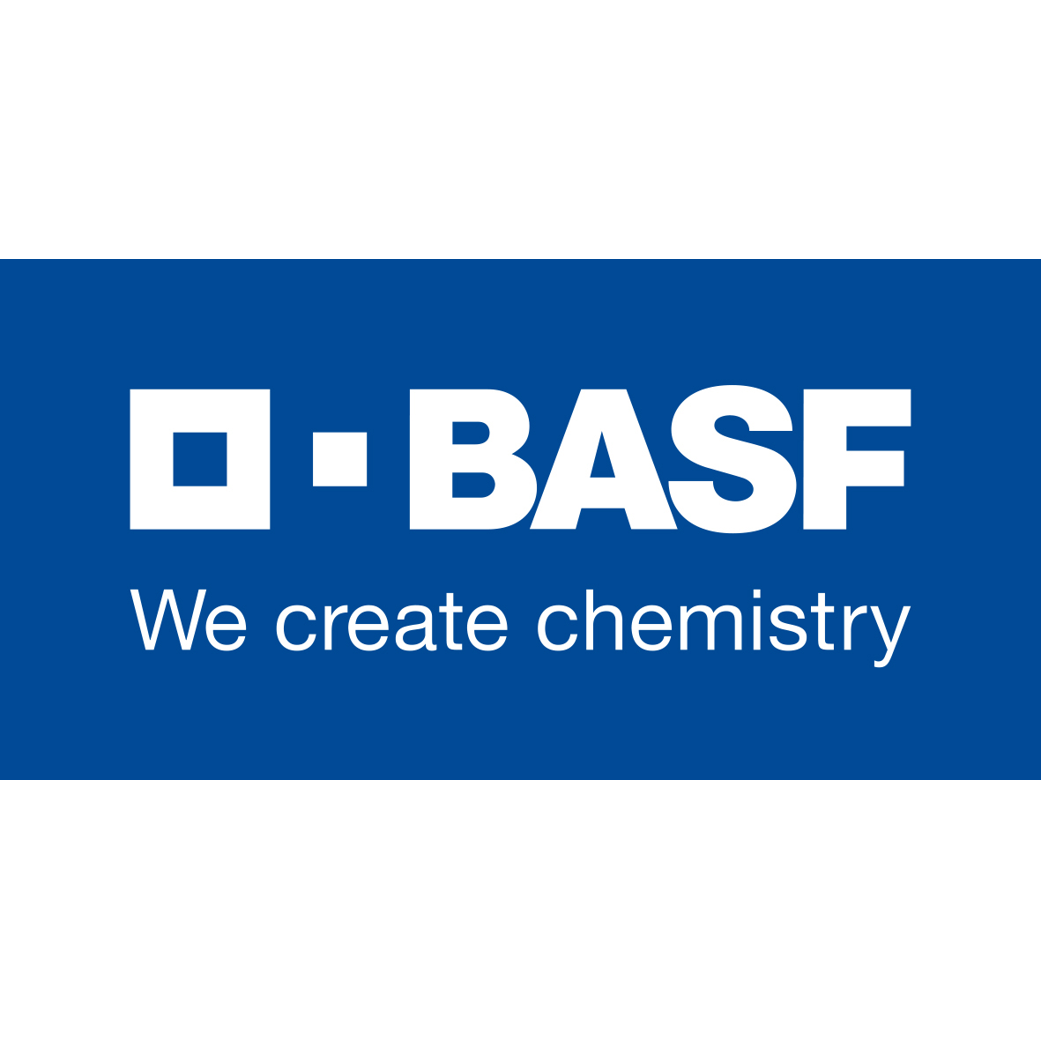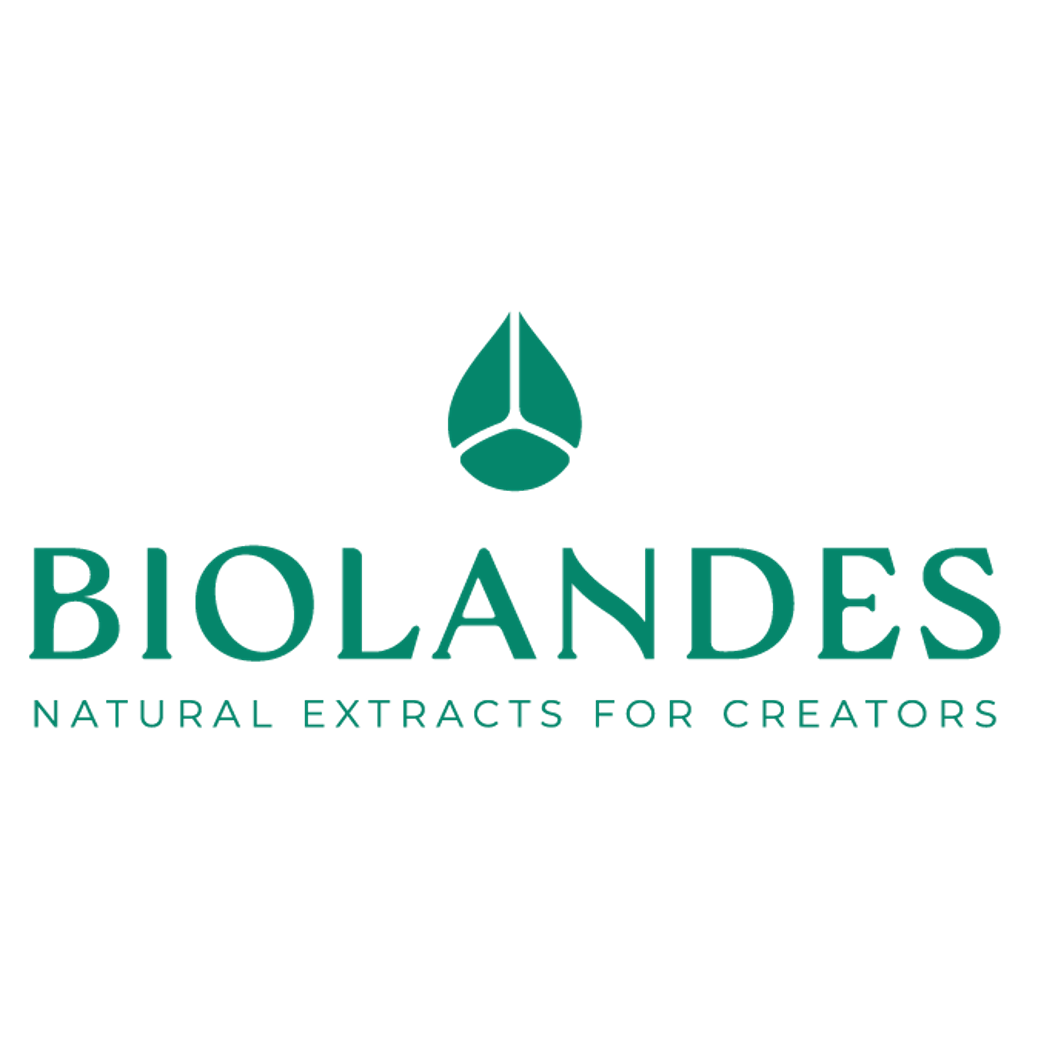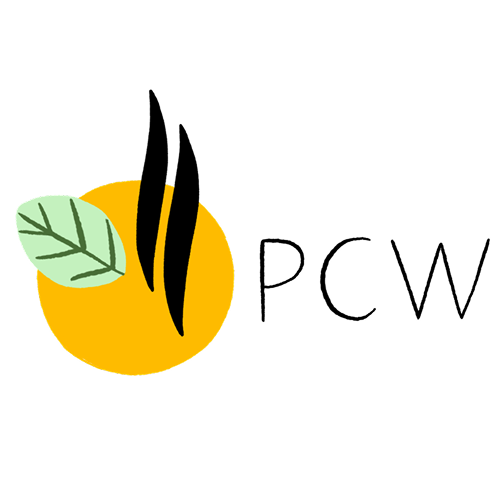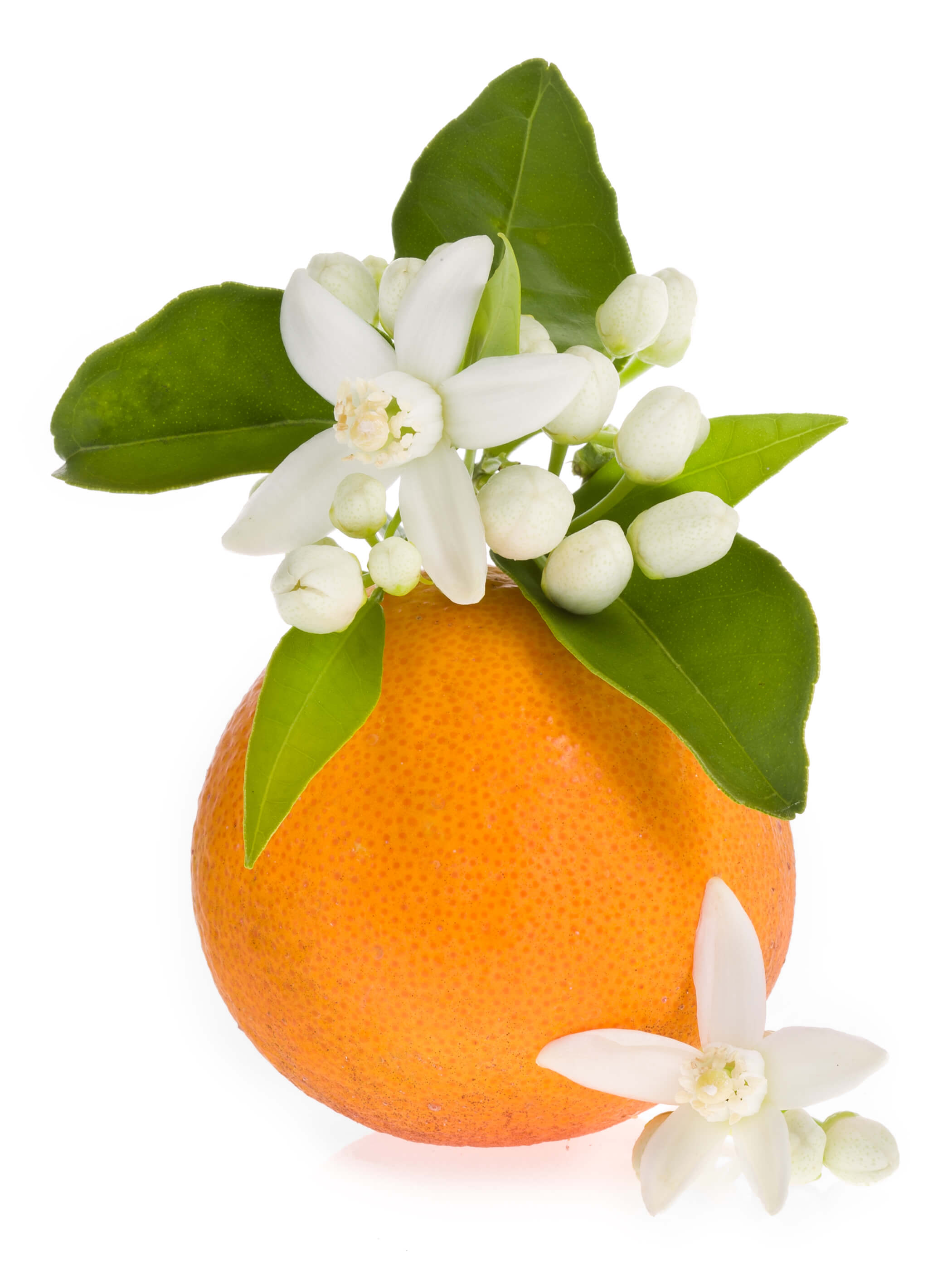| Company | Ingredient Name | ID | Comments | Naturality | Certifications | MOQ | Latin name | Treated part | Geographical origin |
|---|---|---|---|---|---|---|---|---|---|
|
|
ORANGE FLOWER ABS | 942779 |
Visit website
|
Naturals | - | CITRUS AURANTIUM AMARA | - | - | |
|
|
ORANGE FLOWER MOROCCO ABS | 942780 |
Visit website
|
Naturals | - | CITRUS AURANTIUM AMARA | - | - | |
|
|
ORANGE FLOWER TUNISIA ABS | 942790 |
Visit website
|
Naturals | - | CITRUS AURANTIUM AMARA | - | - | |
|
|
Fleur d'Oranger Absolue - 30gr | - |
Visit website
|
- | - | - | - | - | |
|
|
ORANGE FLOWER Absolute | M_0040071 |
Visit website
|
Naturel | - | - | - | - | |
|
|
FLEUR D’ORANGER | P00540540000 |
Visit website
|
Absolue |

|
- | Citrus aurantium var. amara L. | Fleur | Maroc |
|
|
FLEUR D’ORANGER | F1842A |
Visit website
|
Absolue |

|
- | Citrus aurantium var. amara L. | Fleur | Egypte, Maroc, Tunisie |
|
|
ORANGE FLOWER TUNISA ABS P&N | - |
Visit website
|
- | 10 grs | - | - | - |
General Presentation
-
CAS N° :
8030-28-2 -
EINECS number :
277-143-2 -
FEMA number :
2818
-
Volatility :
Heart/Base -
Price Range :
€€€€€
Physico-chemical properties
-
Appearance :
Yellow to orange liquid -
Density :
-
Refractive Index @20°C :
Data not available. -
Optical rotation :
-
Vapor pressure :
Data not available. -
Flash Point :
Data not available. -
Acid Value :
Botanical informations
Botanical name :
Data not available.
Botanical profile :
Orange blossom is the flower of the bitter orange tree, which belongs to the Rutaceae family and the genus Citrus L.
The Rutaceae family includes all citrus fruits, as well as plants such as buchu and amyris.
Chemotypes :
The Citrus L. genus, which includes the vast majority of citrus fruits, contains a large number of varieties used in perfumery:
- Citrus × aurantium L.: Bitter orange tree, cultivated in Spain and Florida. Orange oil expressed (Bitter) / Orange oil (Bitter) / Petitgrain bigarade oil / Petitgrain bigarade absolute / Petitgrain oil (Paraguay) / Orange flower absolute (Bitter) / Orange flower concrete (Bitter) / Orange flower SFE (Bitter)
- Citrus × aurantiifolia (Christm.) Swingle: The lime tree, mostly cultivated in Mexico. Lime oil expressed / Lime oil distilled
- Citrus × bergamia Risso: The bergamot tree, a hybrid of lemon and bitter orange, cultivated for its fruit and petitgrain oils. Bergamot oil expressed / Petitgrain bergamot absolute.
- Citrus hystrix DC.: Kaffir lime, grown in Thailand and India. Kaffir lime oil.
- Citrus × junos Siebold ex Yu.Tanaka: Yuzu, produced in Japan and Korea. Yuzu oil / Citrus junos oil / Citrus junos extract
- Citrus × limon (L.) Burm.fil.: The lemon tree, cultivated in Italy for its fruit and leafy branches. Lemon oil / Lemon oil (distilled, rectified) / Petitgrain lemon oil
- Citrus × paradisi Macfad.: The grapefruit tree, of Malay origin, cultivated in Brazil and Israel for its fruit’s essential oil. Grapefruit oil / Grapefruit flower oil / Grapefruit oil expressed
- Citrus sinensis L.: The sweet orange tree, widely cultivated in Brazil and California, is the most used citrus in perfumery. Orange flower absolute (Sweet) / Orange flower concrete (Sweet) / Orange flower SFE (Sweet) / Orange cold pressed (Sweet)
- Citrus reticulata Blanco: The mandarin tree, especially cultivated in Italy for its fruit and petitgrain (leaf oil). Mandarin oil (red) / Mandarin oil (yellow) / Mandarin oil (green) / Petitgrain mandarin oil. Its hybrid with sweet orange gave rise to the clementine (Clementine oil).
- Citrus medica L.: The citron tree, grown in Sicily. Citron oil.
Extractions & Uses
Extraction process :
The bigaradier is a tree about 3 meters tall in adulthood and provides about 10 to 30 kg of flowers per year at maturity.
In March and April, the most mature flowers are selected and delicately picked by hand. They are stored in sacks and weighed before they are brought to the factory. The flowers must be extracted with hexane less than five hours after they are picked: in a tank, during one hour and a half. Once exhausted, the flowers are removed from the extractor (they are placed on grids to remove them easily) and orange blossom hexane is evaporated and recycled. After that, the concrete is collected. The absolute is obtained after glazing (temperature gradient from 140 °F to 32 °F) the concrete in alcohol, after which the insoluble waxes are filtrated with a Büchner funnel and the alcohol is evaporated.
The bigaradier gives many extracts. The Bitter Orange EO gives an essential oil by cold expression of the fruit. If we treat branches and twigs by hydrodistillation, we obtain Petitgrain Bigarade EO. Finally, if we use the flower, we can obtain Orange Blossom Absolute (extraction with volatile solvent) and Neroli EO (hydrodistillation).
Uses in perfumery :
Useful for white flower notes: jasmine, tuberose, honeysuckle.
Stability :
Solubility issues in perfumes
The terpenes identified in this raw material can polymerize when they are oxidized
Aromatic compounds can be chromophoric and cause a coloration of the oil, especially in alkaline bases
Methyl Anthranilate can react especially with aldehydes to give colourful compounds
Major Components :
- Linalool (30 - 35%)
- Farnesol (≈8%)
- Linalyl acetate (≈7%)
- Nerolidyl acetate (≈6%)
- Indole (≈2%)
- Methyl anthranilate (≈2%)

Photo credits: ScenTree SAS
Other comments :
Tunisia is the world leading producer of orange blossom, as the cultivation of bitter orange or bigaradier requires a sunny weather. The importation of this tree in the Maghreb countries dates from the Arab conquests of the 9th and 10th centuries.
Citrus currently suffer from a disease called ''citrus greening ''. This disease is deadly for citrus fruits and no treatment exists. It is transmitted by a vector insect that attacks young shoots: the psylla. This results in the premature death of many trees and therefore the decline in the general production of the essential oil and its quality (reduction of the Limonene level).
IFRA
IFRA 51th :
This ingredient is restricted by the 51th amendment

















